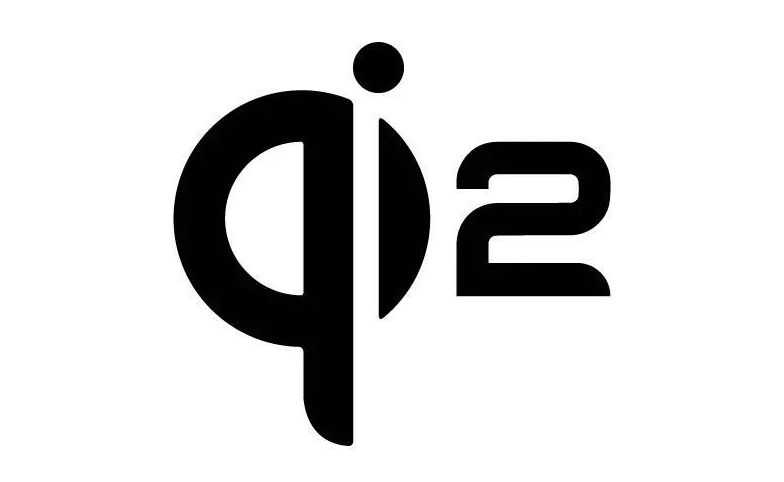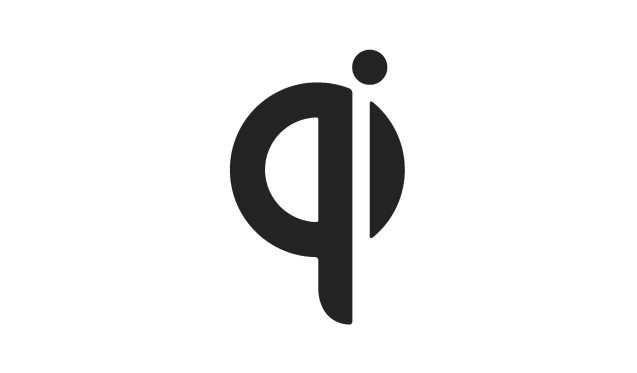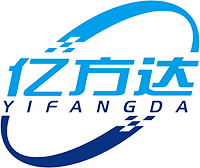The Qi 2.0 wireless charging standard is now ready, enhancing user experience
Washington, D.C., November 15, 2023 —— As the first Qi2 mobile devices complete certification testing, the Wireless Power Consortium (WPC) [1] The next-generation wireless charging standard Qi 2.0 [2] will soon deliver on its promise of magnetic attachment, faster charging, higher efficiency, and greater convenience. In addition to providing a better user experience, the Qi 2.0 version unifies the entire industry under a single global standard.
The first Qi 2.0 certified products will be available this Christmas season. Leading the way is Apple's iPhone 15 line and a range of chargers. Belkin [3], Mophie [4], Anker [5], and Aircharge [6] have all pre-announced Qi2 products. Currently, over 100 devices are undergoing testing or are queued for certification testing.
WPC launched Qi2 at CES in Las Vegas earlier this year, receiving industry-wide acclaim, including "Best Mobile Technology" and "Best Showcase" awards from industry publications.
The Qi 2.0 standard consists of two configurations —
Magnetic Power Profile (MPP): MPP, based on MagSafe® technology provided by Apple to the WPC, is identified by the Qi2 logo;

Extended Power Profile (EPP): The EPP in Qi 2.0 provides enhancements to the existing EPP but does not include magnets. Qi 2.0 EPP certified products will be marked with the Qi logo consumers know and use today.

“We are delighted to see the rapid adoption of Qi 2.0 by our members and the building of an accessory ecosystem for Qi2 devices,” said Fady Mishriki, chairman of the WPC board. “We expect Qi 2.0 to quickly become the de facto global standard for wireless charging.”
Paul Struhsaker, WPC executive director, added: “These certified Qi2 chargers enable smoother, faster, and more energy-efficient charging, and provide broad interoperability. Furthermore, the magnetic attachment of Qi2 means consumers will no longer need to struggle to adjust the position of their charging device to ensure perfect alignment between the phone and charger.”
Global unit shipments of wireless charging devices, including transmitters and receivers, are expected to exceed 1 billion units this year. The introduction of the Qi2 specification will further expand the wireless charging market by opening up new accessory markets previously inaccessible to wireless charging.
About the Wireless Power Consortium (WPC)
The Wireless Power Consortium (WPC) is the world’s leading standards organization for wireless charging, providing universal, interoperable standards and certifications for wireless charging devices for consumers, retailers, and manufacturers. Through rigorous testing and certification, this global body is dedicated to ensuring the safety, efficiency, and interoperability of wireless charging and wireless power. The WPC’s nearly 400 member companies develop and use the Qi standard for wireless charging of mobile devices and are developing standards for innovative wireless charging applications, including Ki wireless kitchen.
Related news





